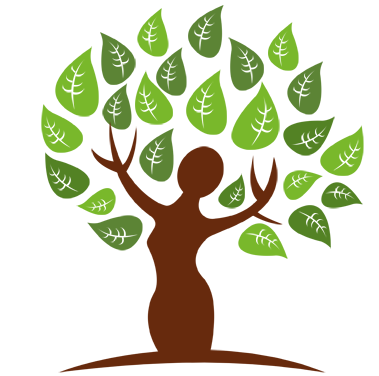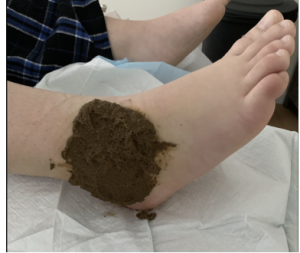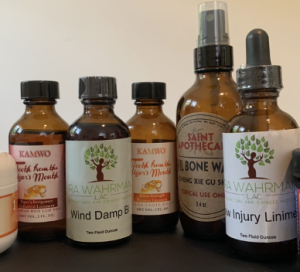What is External Herbal Medicine?
External Herbal Medicine is Herbal Medicine that is applied directly to the skin. These external preparation are mostly used for a variety of what we call external conditions. External Conditions are conditions that can be touch or felt including acute injuries, chronic pain conditions, skin conditions, etc. For acute injuries with swelling, bruising and pain liniments and poultices are applied to reduce swelling, bruising and pain. The external herbs can work very quickly to resolve discomfort from an acute injury. By applying external medicine to a new injury you can often reduce the healing and recovery time by half. For chronic injuries with pain, stiffness, lack of mobility we apply soaks, liniments, steams, etc. to increase circulation, reduce stiffness and pain. External herbs can be used for old injuries that are 6 months old or 50 years old. Skin conditions also respond very well to topical herbal medicine. Boils, bedsores, wounds, eczema, psoriasis, rashes, burns, dry skin, burning skin, etc. often respond very quickly to external herbal medicine applications.
Benefits of Applying External Medicine
- Frequent treatment of injured or diseased part of the body.
- When a part of the body cannot be touched with needles or massage or internal herbs cannot reach it external herbs may often be the key.
- Bypass the stomach. For patients with weak digestion you apply herbs directly to the skin and the medicinal benefits are absorbed through the skin.
- The patient takes responsibility for their own health.
- External herbs are used to treat the root of a particular condition. The reduce pain while working to eliminate the actual cause of the pain.
- External herbs greatly enhance the effects of acupuncture, bodywork, guasha, cupping, moxibustion and internal herbal medicine.
Types of External Medicine Applications
|
|
Poultices are made of herbs which are ground into a fine powder and mixed with a medium. The medium can be sesame oil, green tea, alcohol, ginger juice, vaseline or just plain warm water. Then a thick layer of the past is spread over the injured area and wrapped. Poultices are great for new and old injuries. They are also great for skin conditions like boils and bed sores. They are often applied in the office. |
| Soaks are great for chronic injuries that have stiffness, lack of mobility and symptoms that respond well to the application of heat. The painful area can be submerged in the soak or towels can be soaked in the herbal medicine and applied to the painful area. For example soaking for chronic knee pain would involve boiling the herbal medicine and submerging towels in the soak and then wrapping the knee in the warm towels. There are also foot soaks used for body pain in multiple places and other chronic internal conditions. | |
|
|
Liniments are made by soaking herbs in alcohol to extract the medicinal benefits. The medicinal properties of the herbs are then suspended in the alcohol. Liniments are rubbed into the area multiple times a day. They are great for chronic and acute pain conditions. They work quickly for muscle, joint and tendon issues and injuries. Liniments are applied in the office and at home. |
|
|
Plasters are similar to poultices except they are not as messy. These are ready made adhesive plasters that you peel off the back and stick directly over the painful area. Great for acute and chronic injuries. Plasters are generally applied at home. |
|
Washes are made by taking raw herbs and cooking them in water then the injured area is bathed in the liquid. Washes are great for injuries, skin infections, fungal infections, hemorrhoids, male and female urogenital issues. |
|

|
Ointments and Salves are made by cooking herbs in oil and then adding wax to get a more solid consistency. Great for burns, acute and chronic pain, dry eczema, dry psoriasis, etc. |
How are Topical Herbs Prescribed?
After your consultation we will determine if external herbs are necessary. Some patients will need a customized external herbal formula while others will be prescribed a premade formula. We need to thourougly analyze your case before prescribing. For example if you have an old injury that is worse in cold damp weather you must use external herbs that generate warmth in the area it is applied to.
Often External Herbal Medicine is applied as a layered treatment. For example if a patient has arthritic knee pain that is worse in cold weather. During the day they will rub a liniment into the painful area. Usually about 3 times a day. Once a day they will apply a warming soak and then right before bed and overnight they can an apply a plaster which would be taken off in the morning. Using multiple external medicine applications will greatly enhance the outcome of the treatment.




